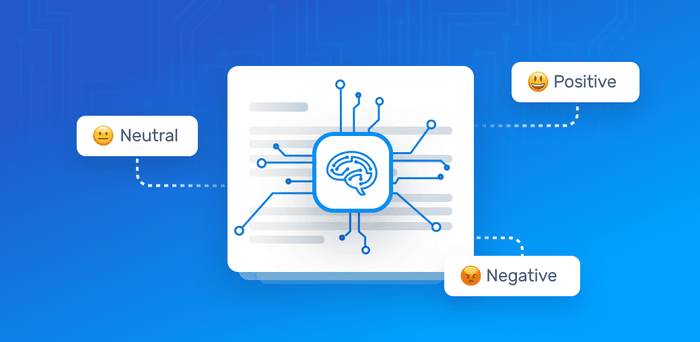In the age of information overload, businesses and individuals alike are drowning in a sea of textual data. But buried within this vast ocean of words lies a treasure trove of insights – insights about people’s emotions, opinions, and attitudes. Welcome to the world of what is sentiment analysis, where advanced technologies and linguistic prowess collide to extract the hidden emotions from text.
What is Sentiment Analysis?

Sentiment analysis, also known as opinion mining, is a cutting-edge natural language processing (NLP) technique that involves deciphering the emotional tone behind a piece of text. By using algorithms and machine learning models, sentiment analysis aims to determine whether a text expresses positive, negative, or neutral sentiment.
Importance of Sentiment Analysis
In today’s digitally connected world, organizations are sitting on an immense amount of textual data. Extracting valuable insights from this data can provide a competitive edge. Sentiment analytics allows companies to understand customer perceptions, adapt marketing strategies, and make informed business decisions.
How Does Sentiment Analysis Work?
At its core, sentiment analytics relies on a combination of linguistic analysis and machine learning. The process involves tokenization (breaking text into words), removing stopwords, and analyzing the emotional weight of individual words to ascertain sentiment. Machine learning models are trained on labeled datasets to identify patterns and nuances in language.
Types of Sentiment Analytics
1. Document-Level Sentiment Analytics
This type of analysis evaluates the sentiment of an entire document or text as a whole. It’s useful for summarizing the overall mood or attitude expressed.
2. Sentence-Level Sentiment Analytics
In sentence-level analysis, the sentiment of individual sentences within a document is assessed. This approach captures variations in sentiment within the text.
3. Aspect-Based Sentiment Analytics
Aspect-based analysis dives deeper by identifying sentiments related to specific aspects or entities mentioned in the text. It’s particularly valuable for understanding customer feedback on products or services.
Challenges
While sentiment analysis has come a long way, it still faces challenges such as sarcasm detection, context understanding, and cultural nuances. Resolving these challenges continues to drive research in the field.
Applications of Sentiment Analysis
Sentiment analytics finds applications across diverse industries. It’s used in brand monitoring, political analysis, market research, customer feedback analysis, and even in understanding mental health through analyzing text.
Tools and Technologies
A range of tools and technologies, such as Python’s Natural Language Toolkit (NLTK), spaCy, and various machine learning libraries, make sentiment analytics accessible to developers and businesses.
Ethical Considerations
While sentiment analytics offers valuable insights, it also raises ethical concerns related to privacy, bias, and data usage. Striking a balance between extracting insights and respecting individuals’ privacy is paramount.
Future Trends
The future of sentiment analytics lies in a more accurate understanding of context, improved sarcasm detection, and better handling of multilingual sentiment. Advancements in AI and machine learning will drive these trends.
Benefits of Incorporating Sentiment Analytics
By integrating sentiment analytics into decision-making processes, businesses can enhance customer satisfaction, tailor their marketing efforts, and stay ahead in competitive markets.
Redefining Customer Engagement
Sentiment analytics can reshape customer engagement strategies by providing real-time insights into customer sentiment, enabling companies to respond promptly to feedback and concerns.
Conclusion
Sentiment analytics has evolved into a powerful tool for deciphering the emotions embedded in text. It empowers businesses to make data-driven decisions, connect with customers on a deeper level, and adapt to changing market dynamics.
Ready to unlock the potential of sentiment analysis for your business? Request a demo from AIM Technologies today and see how you can harness the power of emotions in your textual data.




